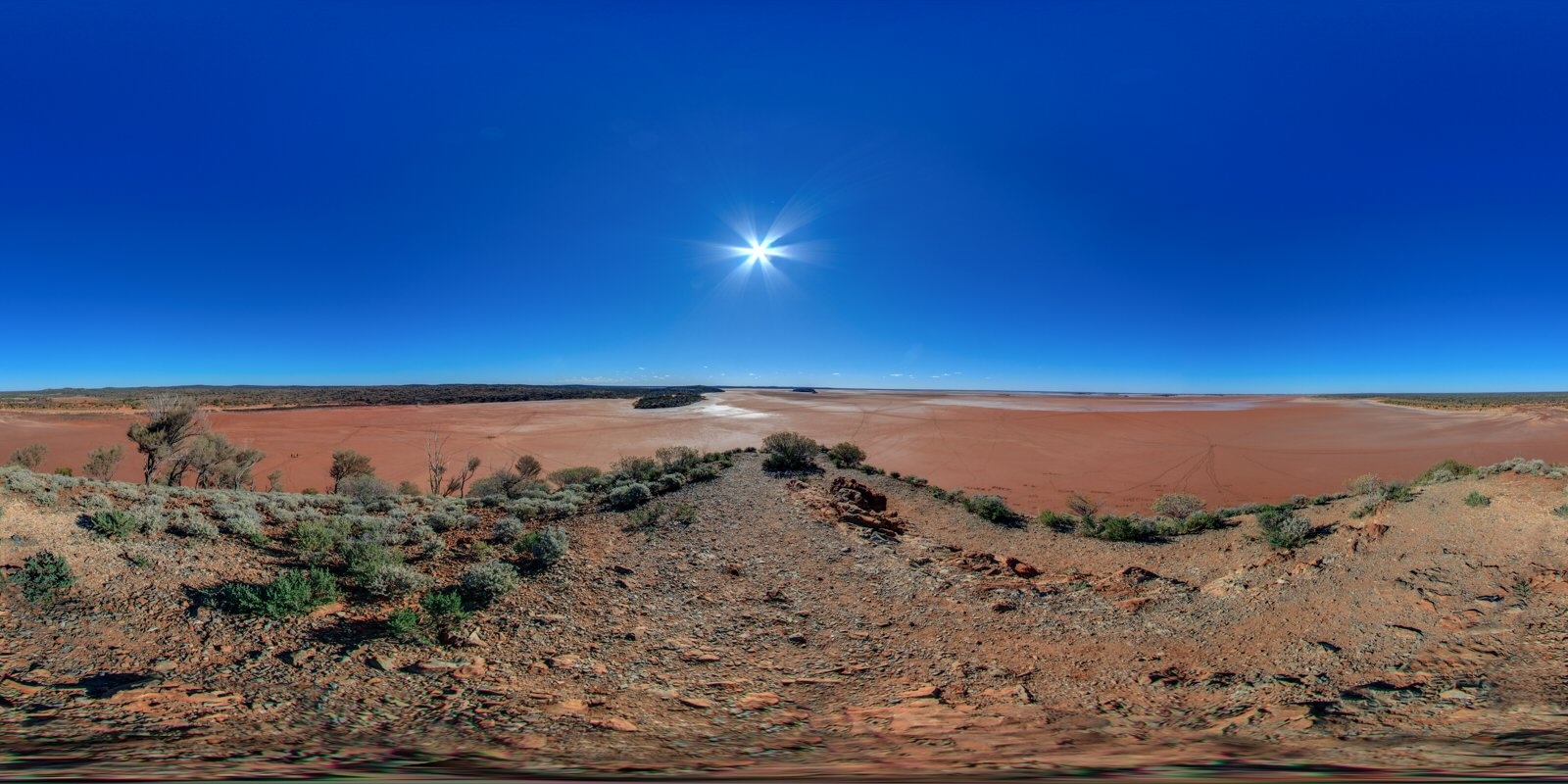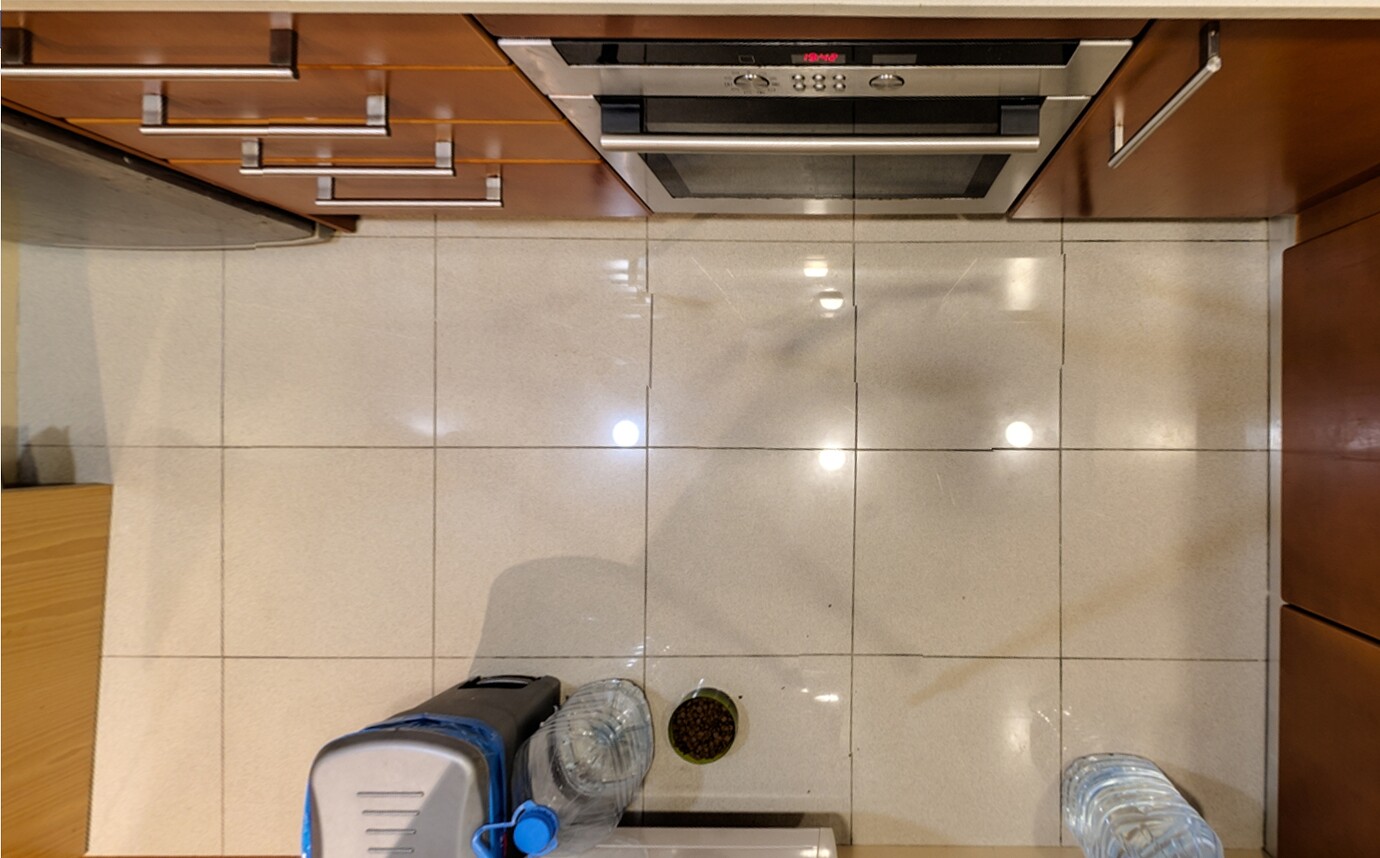

- #Ptgui nadir viewpoint how to#
- #Ptgui nadir viewpoint manual#
- #Ptgui nadir viewpoint pro#
- #Ptgui nadir viewpoint series#
Merger priority (used in spherical panoramas at the bottommost point - nadir) The ability to merge files with different exposures (Exposure Fusion) Ĭorrection of parallax, perspectives and correction of the survey point The main differences between the Pro-version and the usual one:Īdvanced project settings, such as creating templates with frequently used settings, configuring default file names, and so on the point where the pole connects to the tripod or the. The program is presented in two variants - the usual version and the Pro-version. The 360 video stitching workflow with VideoStitch using PTGui as. The work of PTGui is not complicated and it is quite possible to sort it out by yourself in a couple of hours. Using this option automatically disables blending over zenith/nadir (options -n and -z), and option -d. One more pleasant feature of the program is that it automatically finds shooting parameters and focal length in the EXIF-record in the file and, relying on this data, automatically corrects the perspective. The second window is Panorama Editor, where you can visually edit the panorama, shift the viewpoint, change the perspective, align the horizon, crop and change the projection, for example, a cylindrical panorama or a spherical one, and even have a Mercator projection.
#Ptgui nadir viewpoint manual#
The main window - Project Assistant - is used for working with files, basic settings of the future panorama, HDR settings in the Pro-version, setting up the gluing points in the manual mode, working with masks, saving and so on. Built-in PTGui tools will help you do this without any problems. But even here small mistakes are not terrible in the program except for the automatic mode of gluing panorama is also a manual mode, in which you can visually add all the photos of the future panorama as puzzles, and manually select the gluing points. the nadir image's position is much easier should that need to be done for any reason. All you have to do is to make sure that the edge of each next photo slightly overlaps with the edge of the previous one when you take the picture. PTGui is able to automatically align images and achieve seamless gluing of the finished image.

#Ptgui nadir viewpoint series#
But, to get a good result, you can even take a series of photos for a panorama from the hands, just turning the camera around its axis and taking pictures. The highest quality panoramas are achieved when shooting from a tripod with a special panoramic head.

(useful for blending the nadir image in a spherical panorama) Viewpoint correction Vignetting. Some benefits of PTGui, when compared to other stitching software: Automatic stitching: create panoramas with just a few mouse clicks. With its help it is very easy to make panoramas of all kinds, from simple, glued from 2 frames of pictures, to interactive spherical gigapixel panoramas. Use PTGui to stitch any number of photos into a panoramic image.
#Ptgui nadir viewpoint how to#
How to straighten horizons and correct verticals - John Houghton.How to use Panorama Tools to produce a printable panorama (John Houghton).Post processing a layered panorama (PTGui site).How to straighten a curved horizon (PTGui site).How to use enblend for patching zenith and nadir images.
#Ptgui nadir viewpoint pro#
Extracting and inserting rectilinear Views unobstructed nadir area, or one taken with the camera still on the tripod but after shifting it sideways to give an unobstructed view PTGui Pro 10 Crack.Edit zenith and nadir in one go with PTGui.: Specialised (You want to get the most of your equipement) : Nice to know (You have basic knowledge and want to learn more) : Basic need (You are interested in panoramic photography and stitching and need to know basics) There is a rating system indicated by 's: The user interface is intuitive although I miss the possibility to zoom on a section of the panorama and do micropositioning (keys to move images by one pixel in the four directions, rotate left or right by a degree, "shrink or expand" an image). In combination with Autopano and Enblend it makes for an almost care-free system that allow me to concentrate on the photography rather than on the computing.

I've been using PTGUI for about a year now and I am very happy with it.


 0 kommentar(er)
0 kommentar(er)
